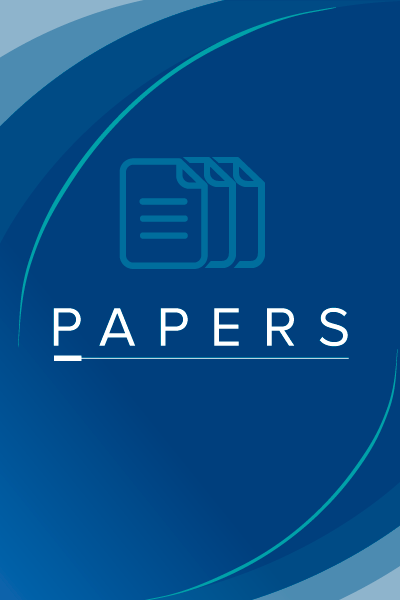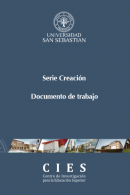
Transcriptional activation of glutathione pathways and role of glucose homeostasis during copper imbalance
| PROCEDENCIA(S): | Ciencia y Medicina, Ciencias de la Salud, Ciencias para el Cuidado de la Salud, USS Valdivia. |
|---|---|
| CATEGORÍA(S): | Biología Molecular, Bioquímica, Ciencias de la Salud, Endocrinología y Metabolismo, Fisiología, Medicina Básica, Medicina y Ciencias de la Salud, Nutrición y Dietética, Otras Especialidades de la Química, Química Médica. |
| AUTOR(ES): | Natalia Quiroz / Nicole Rivas / Talı´a del Pozo / Jason Burkhead / Miriam Suazo / Mauricio Gonza´lez / Mauricio Latorre. |
| TIPO DE MATERIAL: | Artículos, Investigación. |
| ARCHIVO: |
 Reconocimiento CC BY. Esta obra está bajo una Licencia Creative Commons Reconocimiento CC BY 4.0 Internacional.
Reconocimiento CC BY. Esta obra está bajo una Licencia Creative Commons Reconocimiento CC BY 4.0 Internacional.
Copper is an essential micronutrient for organism health. Dietary changes or pathologies linked to this metal induce changes in intracellular glutathione concentrations. Here, we studied the transcriptional activation of glutathione pathways in Jurkat cell lines, analyzing the effect of change in glucose homeostasis during a physiological and supraphysiological copper exposure. An immortalized line of human T lymphocyte cell line (Jurkat) was exposed to different copper and glucose conditions to mimic concentrations present in human blood. We applied treatments for 6 (acute) and 24 h (sustained) to 2 lM (physiological) or 20 lM (supra-physiological, Wilson disease scenario) of CuSO4 in combination with 25 mg/dL (hypoglycemia), 100 mg/dL (normal) and 200 mg/dL (hyperglycemia, diabetes scenario) of glucose. The results indicate that a physiological concentration of copper exposure does not induce transcriptional changes in the glutathione synthesis pathway after 6 or 24 h. The G6PDH gene (regeneration pathway), however, is induced during a supraphysiological copper condition. This data was correlated with the viability assays, where fluctuation in both glucose conditions (hypo and hyperglycemia scenario) affected Jurkat proliferation when 20 lM of CuSO4 was added to the culture media. Under a copper overload condition, the transcription of a component of glutathione regeneration pathway (G6PDH gene) is activated in cells chronically exposed to a hyperglycemia scenario, indicating that fluctuations in glucose concentration impact the resistance against the metal. Our findings illustrate the importance of glucose homeostasis during copper excess.


